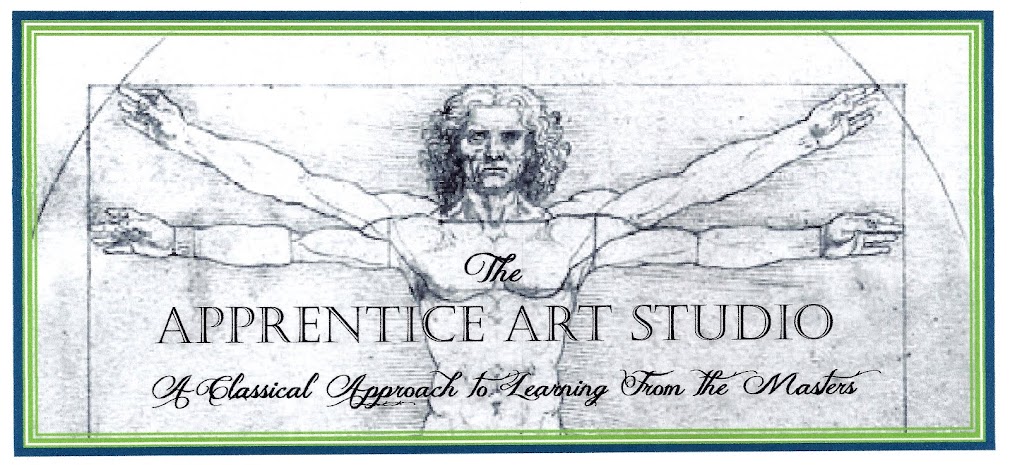"The north transept rose (10.5 m diameter, made c.1235), like much of the sculpture in the north porch beneath it, is dedicated to the Virgin.[26] The central oculus shows the Virgin and Child and is surrounded by 12 small petal-shaped windows, 4 with doves (the 'Four Gifts of the Spirit'), the rest with adoring angels carrying candlesticks. Beyond this is a ring of 12 diamond-shaped openings containing the Old Testament Kings of Judah, another ring of smaller lozenges containing the arms of France and Castille, and finally a ring of semicircles containing Old Testament Prophets holding scrolls. The presence of the arms of the French king (yellow fleurs-de-lis on a blue background) and of his mother, Blanche of Castile(yellow castles on a red background) are taken as a sign of royal patronage for this window. Beneath the rose itself are five tall lancet windows (7.5 m high) showing, in the centre, the Virgin as an infant held by her mother, St Anne – the same subject as the trumeau in the portal beneath it. Flanking this lancet are four more containing Old Testament figures. Each of these standing figures is shown symbolically triumphing over an enemy depicted in the base of the lancet beneath them – David over Saul, Aaron over Pharaoh, St Anne over Synagoga, etc."(Chartres Cathedral, http://en.wikipedia.org/wiki/Chartres_Cathedral)
Can you see the flying buttresses? They are the external arms supporting
the back rotunda and the sides of the chapel.
"With flying buttresses for external support , the clerestory windows became as tall as the main arcade of the first floor. This expansion transformed the upper story into a light show of supreme beauty. The chief glory of Chartres is its 26,000 sq. ft. of stained-glass windows. ' Flaming jewelry' the critic John Ruskin called the windows-90 % original- because of their luminous blues and reds, which soften the cold stone of the interior." "(The Annotated Arch, Carol Strickland, Ph.D.,2001) Today it is one of the oldest examples of medieval craftsmanship in stained-glass dating back to 1225.
The following are great videos 1&2 that talk about Rose window and Medieval architecture.
The next two Nova videos talk about How the glass was made and how Cathedrals were made both are so fascinating!
Nova video on How Stained Glass was made
Nova video on How Cathedrals were Made
All of these videos give you a great foundation and background on stained-glass windows in the Middles Ages. However in class we are also going to talk about the art of stained glass. We will be talking about symbolism and symbolic color. You are going to love this project because this is a chance to tell your story using symbols and color. I wonder if the class will be able to figure out your story? See you then, Ms. W

No comments:
Post a Comment